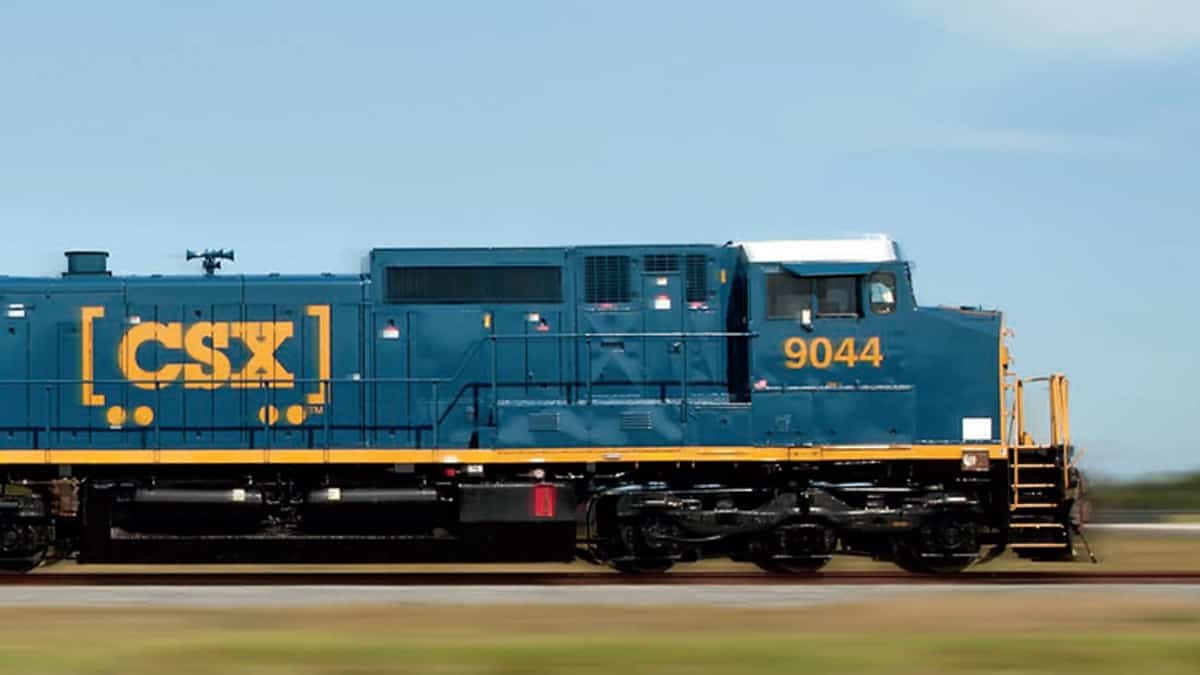The Surface Transportation Board (STB) has determined that CSX (NYSE: CSX), Union Pacific (NYSE: UNP) and the U.S. operations of Canadian Pacific (NYSE: CP), known as the Soo Line, were “revenue adequate” in 2018, meaning roughly that the railroads earned enough returns on their investments to support their capital projects.
These three Class I railroads “are revenue adequate for the year 2018, meaning that those railroads achieved a rate of return [on net investment that was] equal or greater than the Board’s calculation of the average cost of capital to the freight rail industry,” said a September 4 Board decision. The decision is part of the proceeding Ex Parte 552.
The STB calculated that the 2018 railroad cost of capital was 12.22 percent, and the railroads that achieved a return on investment greater than that percentage were deemed revenue adequate.
The Board calculates each year whether the Class I railroads are revenue adequate. The STB has been calculating revenue adequacy since the 1980 Staggers Act was enacted as a way to ensure that the Class I railroads, which don’t receive federal funding for capital projects, earn sufficient enough profit to foot the costs of maintaining and investing in their rail networks.
What the revenue adequacy decisions mean for the railroads and shippers
How the STB calculates revenue adequacy has been under debate for years. The Association of American Railroads (AAR) says revenue adequacy enables the federal government to assess the financial health of individual railroads.
But some shippers have argued that revenue adequacy makes it harder for them to contest rail rates before the STB, especially among captive shippers that have access to only one railroad.
The AAR doesn’t want the federal government to use revenue adequacy calculations as a means to justifying capping rail rates, while shippers have said that the STB needs to determine how these formulas can be used to protect captive shippers from being assessed higher fees.
The issues raised by these two sides are detailed in the STB proceeding Ex Parte 722.
Now that the STB has three members who can vote in the proceedings, shippers are hoping that the board will take up revenue adequacy by moving along proceedings such as E.P. 722, whose last filing was dated January 9, 2018.
“The board’s self-imposed freeze is fundamentally unfair to shippers. The pending proceedings are already several years old and they involve proposed changes to the board’s rules that shippers have been advocating for years, and, in some cases, decades, to address fundamental inequities in the board’s current regulation of railroads,” the Western Coal Traffic League said in an August 11, 2017 filing requesting that the board take action on revenue adequacy.










